Commercial Roof Inspections
To date, EagleHawk has completed thermal inspections of more than 20 million square feet of commercial rooftop utilizing drone technology. Of the thousands of buildings we’ve inspected, we find that roughly 80% exhibit signs of leaking with wetness in the insulation. By using drone technology, EagleHawk’s inspection method is safer, faster, more affordable, and more efficient than traditional inspection methods, and if performed regularly, EagleHawk can detect issues early to help reduce maintenance cost and extend the life of roofs.
Reactive is expensive.
How we detect water intrusion and wetness.
We detect water intrusion and insulation wetness issues with thermal images by taking advantage of the physical properties of water. Water-soaked or wet materials will typically have a higher density than most dry construction materials and therefore will have a higher thermal capacitance. This means that water-soaked materials will retain heat and dissipate heat more slowly than dry material. Therefore, when inspecting a roof in the early evening after it has been heated by the sun all day, signs of possible water intrusion will be visible on a thermal image.
Have a question?
EagleHawk is the better option.
By utilizing drone technology, EagleHawk is able to perform roof inspections unlike ever before. Drone-enabled inspections are safer, faster, easier, more affordable, and provide better data.
Traditional inspections that involve an inspector walking the roof with a handheld thermal imager present safety concerns. In addition, the camera’s close proximity to the roof does not allow for the right perspective to capture the condition of the entire roof in a single image. Roof-walk inspections are very expensive on a large-scale project or with projects consisting of multiple roofs or buildings.
Aerial-based inspections with traditional aircraft can more affordably inspect several roofs at a large-scale project with the correct perspective to provide an entire roof image. However, large aerial platforms lack the flexibility to intimately inspect roofs one-at-a-time like an inspector would, and are not cost-efficient for roof scans in small numbers.
Drone-enabled inspections provide the aerial perspective to capture better data and offer the flexibility to intimately inspect individual buildings. This inspection method is a more affordable option for both small and large-scale inspections. As part of EagleHawk’s inspection services, clients receive both visual and thermal imaging and data so facility managers can better evaluate and manage any issues or areas of concern.
“I now call this my ‘roof bible’ because whenever I am on the roof I have it with me and use it to locate issues.”
— UB Roof Technician on receiving a comprehensive report with his inspection
Recent case study.
A large state university was looking to gain a better understanding of the baseline condition of all its roofs in order to improve maintenance planning and capital forecasting. The traditional approach to roof maintenance is typically reactive and roof issues are not addressed until water is entering the building and dripping from the ceiling. By that point repairs are performed on an emergency basis and include damage inside the building as well as up on the roof, resulting in significantly greater expenses. Reactive roof maintenance is the result of several factors…




